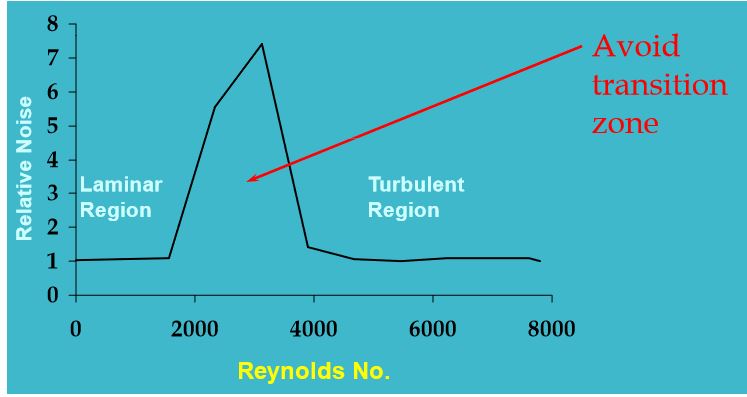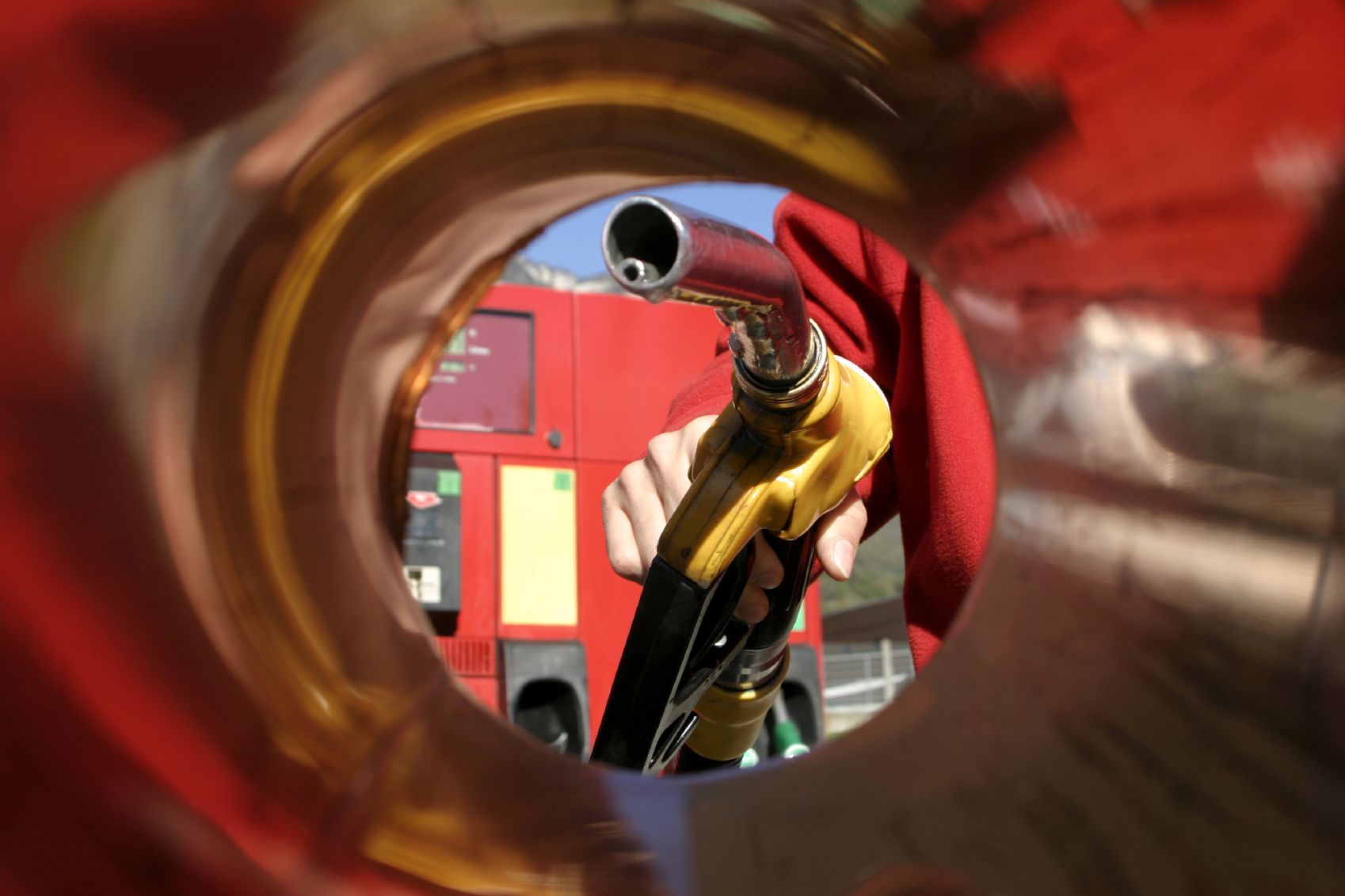Sent: 2019-07-18 7:36:38 AM
Karl H Norris – First Fellow of Near Infrared Spectroscopy (May 23, 1921-July 17, 2019)
Karl H Norris – First Fellow of Near Infrared Spectroscopy (May 23, 1921-July 17, 2019)

EMAIL FROM Rick (C. Richard) DeVore (son-in-law to Karl H. Norris) with added links. Subject: Karl H. Norris news.
Dear Colleagues and Friends of Karl Norris,
It is with a heavy heart that I notify you of the passing of Karl Norris yesterday afternoon, 2019 July 17, in Alexandria VA. Karl had entered the hospital on July 11 with two rapidly developing, antibiotic-resistant infections. He fought valiantly but ultimately succumbed to them after transitioning to hospice care. His final hours were calm and pain-free, and he slipped away quietly at the end with family at his side. He was 98 years old.
Karl is survived by one daughter and one son, two grandsons, three great-grandsons, one brother and one sister, and numerous nieces and nephews. (I am his son-in-law.) He was predeceased by his wife of 69 years, Maxine E. (Thomas) Norris, on 2017 August 28, and by his parents, two brothers, and two sisters.
Two weeks prior to his death, Karl was pursuing his normal everyday life in an assisted-living community. He was ambulatory with a walker and needed help only with accurate administration of a very few daily medications. His health was amazingly robust for his age.
Karl felt blessed by his continuing communications with many of you – by mail, by phone, in person – who shared his great joy in discovery and invention. That ongoing contact was a source of satisfaction and delight for him in both the prime years and the sunset of his life. We, his family, thank all of you for your varied associations with Karl over his long life.
Per his wishes, there will be no funeral, and Karl’s body will be cremated. He and Maxine were long-time members of Emmanuel United Methodist Church in Beltsville MD, and a memorial service will be held there in the near future, date to be determined.
Owing to his stature in his profession, and the regard with which he was held by you and so many other colleagues, we are developing plans for a more formal celebration of his life and achievements at a facility and on a date to be determined. We will keep all of you informed by email of the plans. Please do let us know at your convenience if you intend to participate and of any constraints on scheduling that may affect you. We would like to accommodate as many of his professional colleagues and friends as we possibly can. Because Karl’s favorite gatherings were the IDRC meetings in Charmbersburg PA – he still regularly wore the colorful polo shirts from those conferences! – a service held before or after the 2020 assembly is a possibility, although that event is a year away.
The distribution of this message is not meant to be exclusive; please feel free to forward it to colleagues and friends whom you know but we have not yet managed to identify and acquire contact information.
Finally, please know that although we are saddened by this loss, and we are sure that many of you will be, Karl lived a long, eventful, fruitful life. He did amazing things, visited amazing places, and worked with amazing people, such as yourselves. Celebrate and remember fondly your experiences with him, as he did his experiences with you, with a smile, even today.
With sincere thanks and regards,
Rick (C. Richard) DeVore
The Karl Norris Award
The Karl Norris Award honors the unique contribution of Karl Norris as the internationally recognized founder of near infrared spectroscopy in the modern world.


